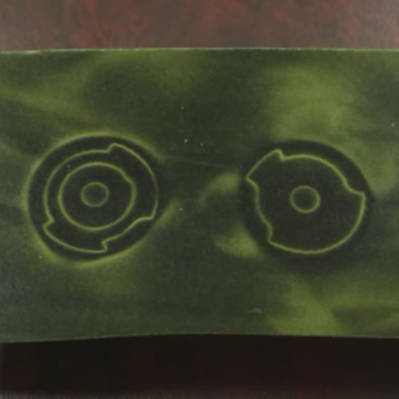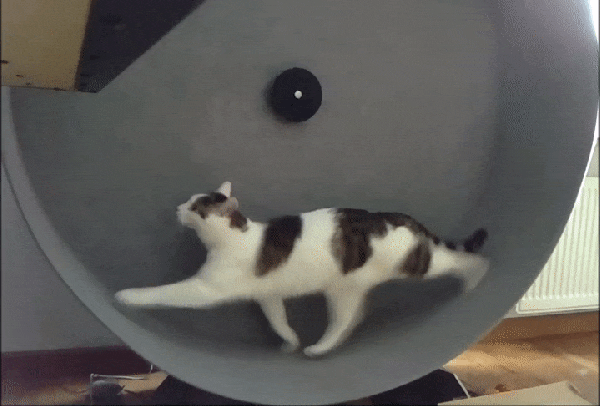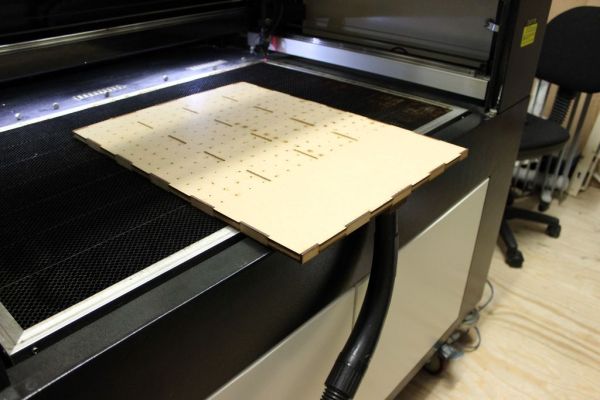[OlegZero] has some pet fish in his basement, and decided to work on a little project for them — an aquarium light that mimics the outdoors. He calls it the FishLight project.
His goal was to create a light panel that could imitate the color of the outdoor sky (approximately) using an RGB LED strip. During normal operation, the LEDs cycle through the colors of day, from dusk to dawn using an ATmega88 microcontroller. After his girlfriend saw what it could do, she quickly came up with the idea to add a cityscape to the background to turn it into a piece of attractive decor for their home.
Still fail to see the point of going to this much effort for a few fish? Well, besides it turning into a rather nice artistic light for their basement, the concept can be applied to other animals as well. Like encouraging chickens to produce more eggs by making the days “longer” with artificial light. As it turns out chickens produce less eggs when the days get shorter — an easy fix with something like this!





 So how the heck does it work? Well, your standard magnet has a north face on one side, and a south face on the other — creating a magnetic loop between the two. But what if you could put north and south on the same side of the magnet, and vary their position and size? It means you can control the magnetic field down to the magnetic pixel, or as Polymagnet calls them — a Maxel.
So how the heck does it work? Well, your standard magnet has a north face on one side, and a south face on the other — creating a magnetic loop between the two. But what if you could put north and south on the same side of the magnet, and vary their position and size? It means you can control the magnetic field down to the magnetic pixel, or as Polymagnet calls them — a Maxel.












